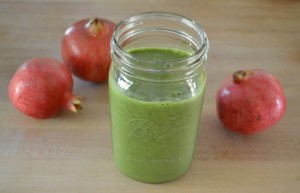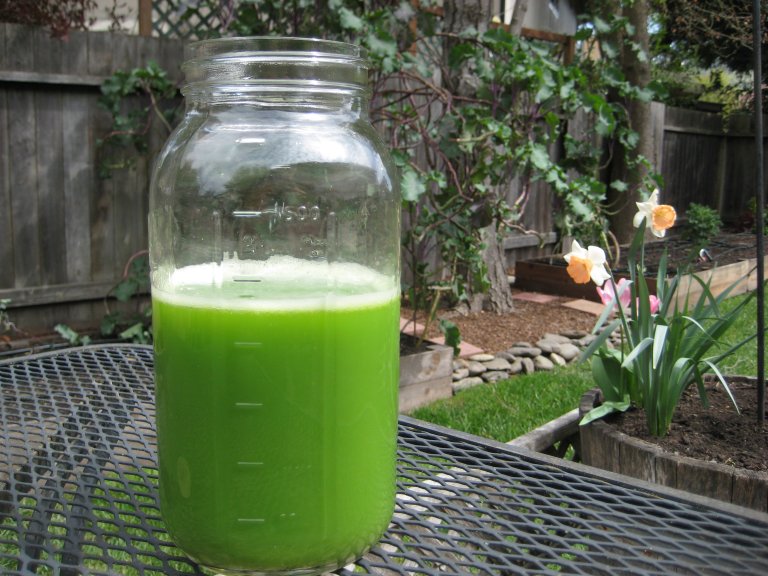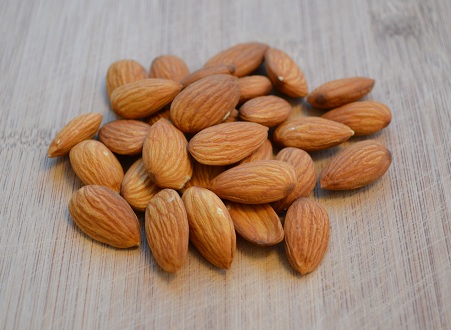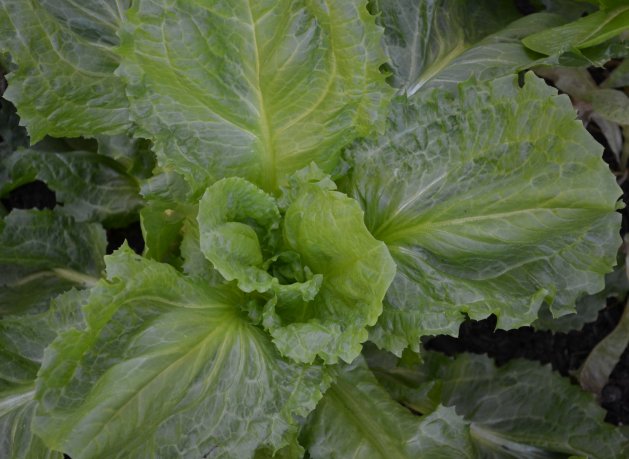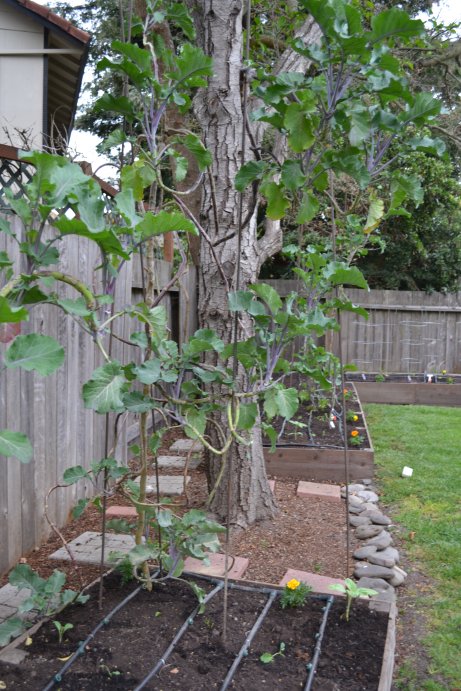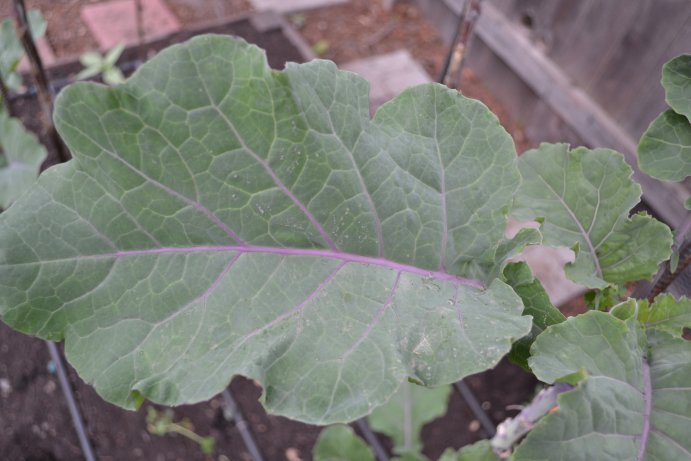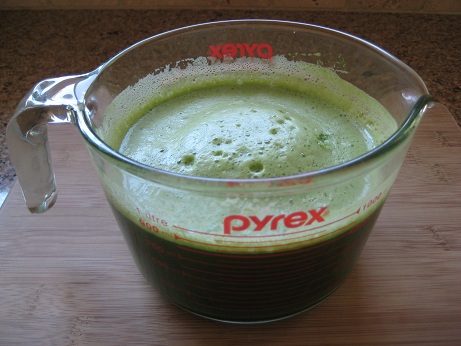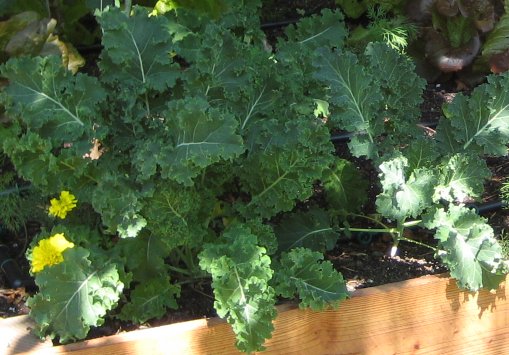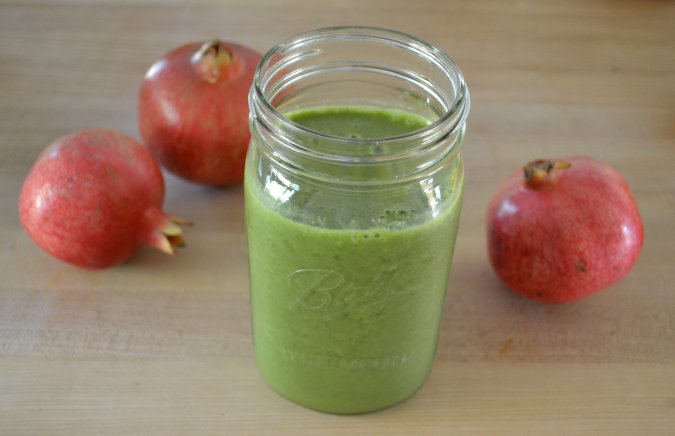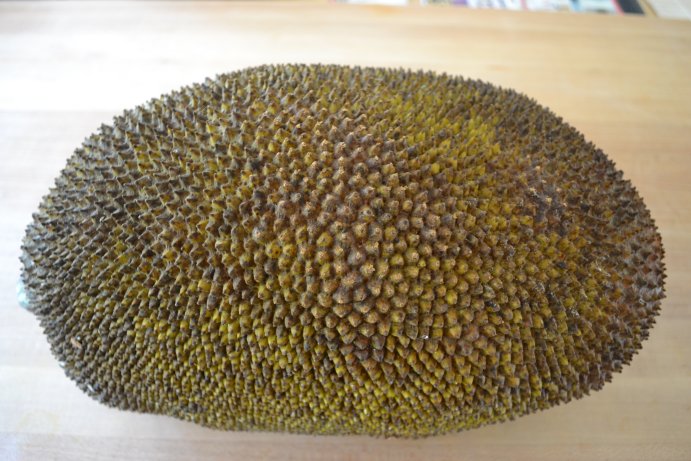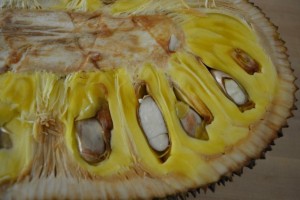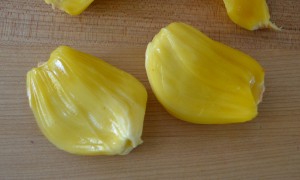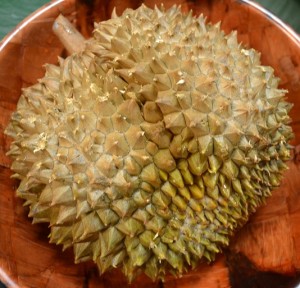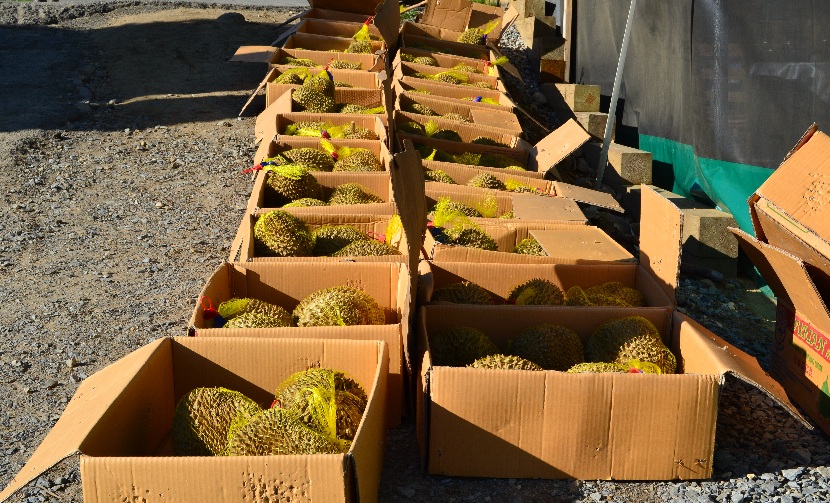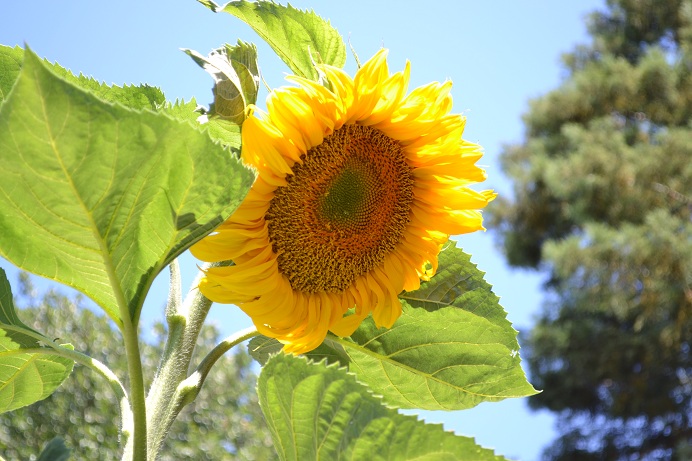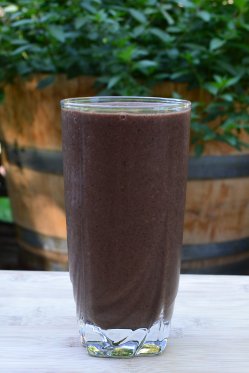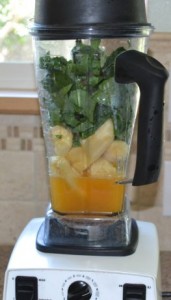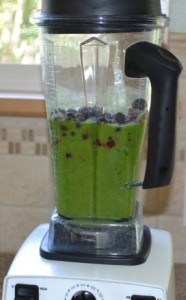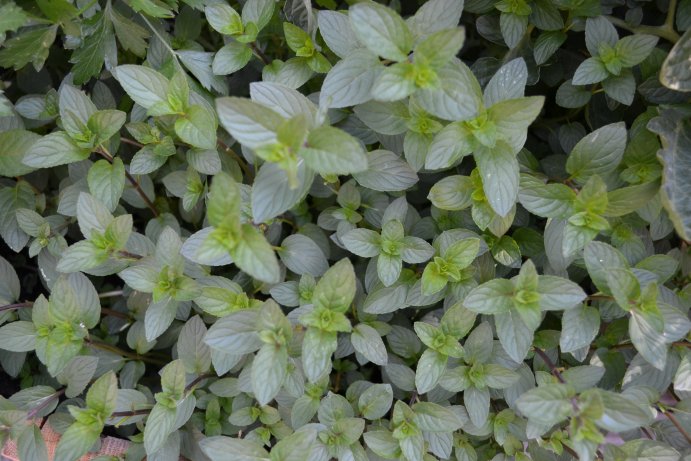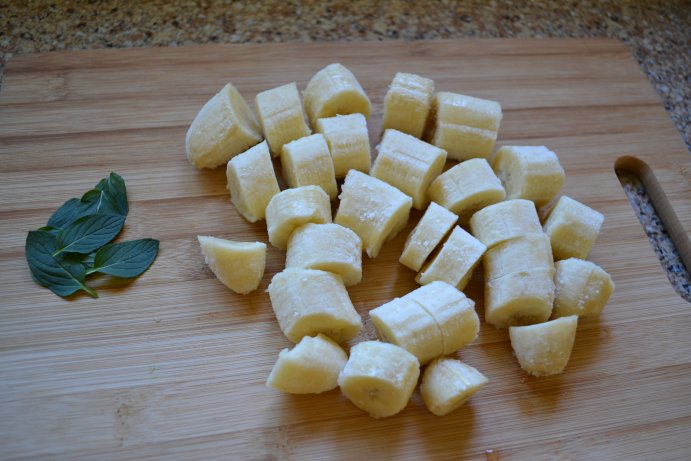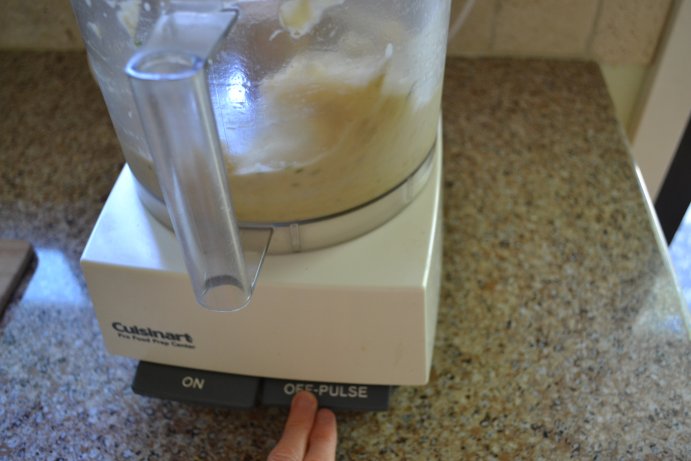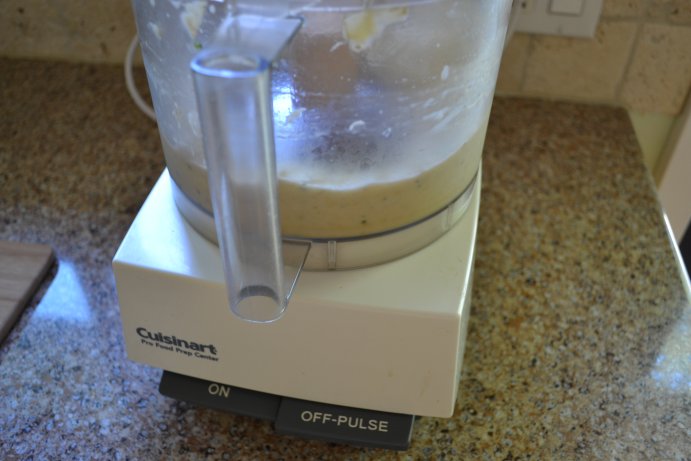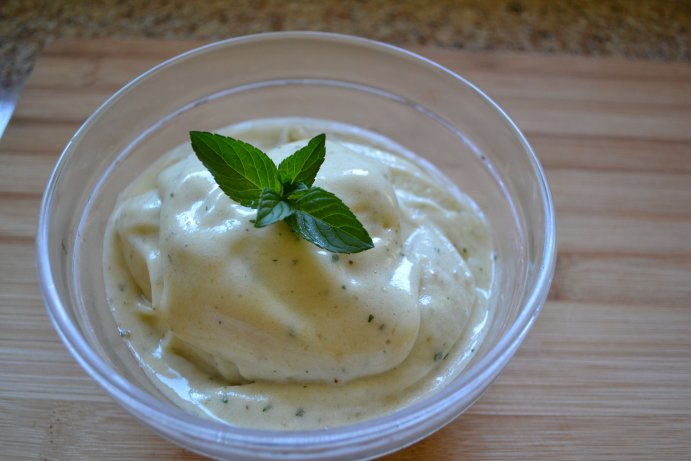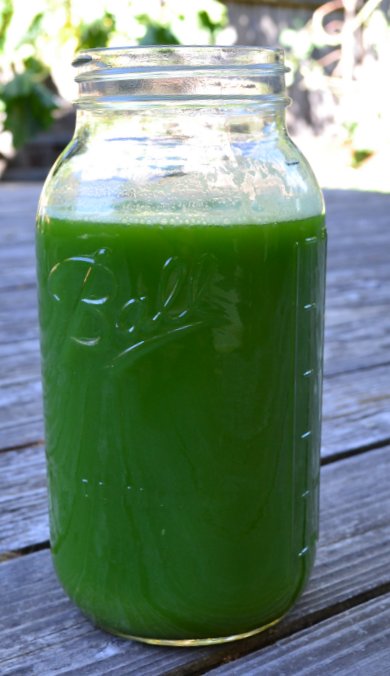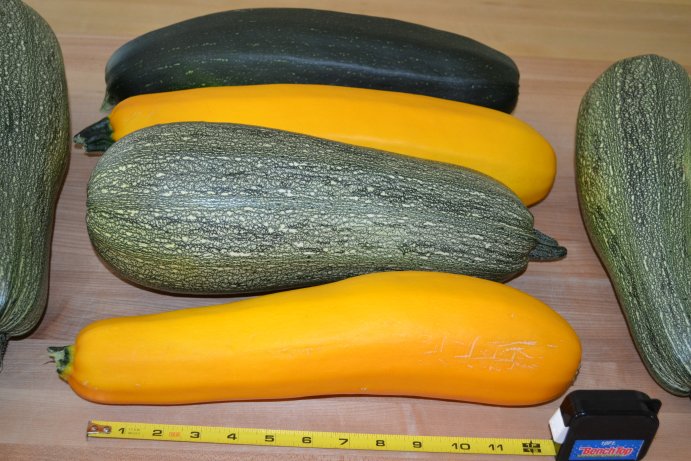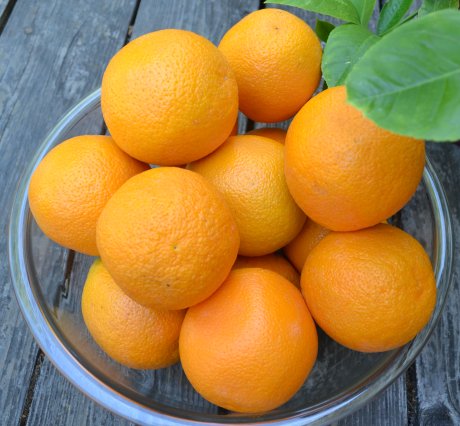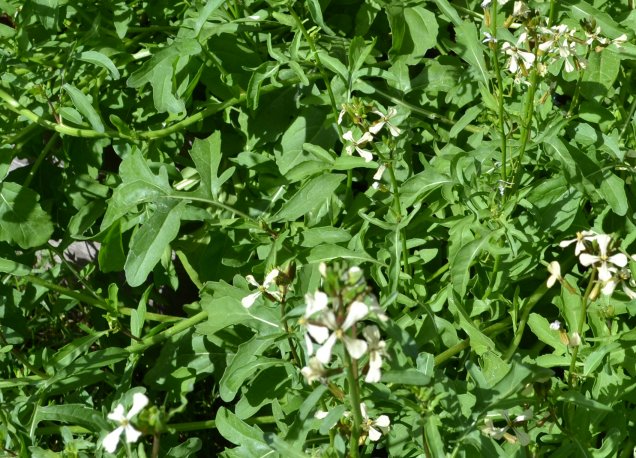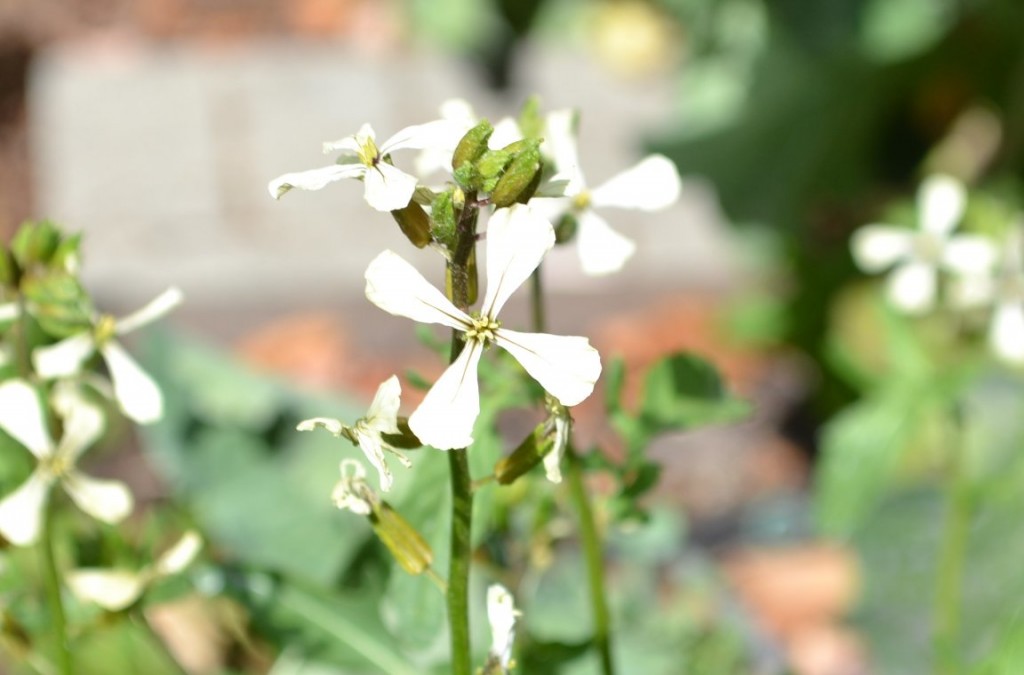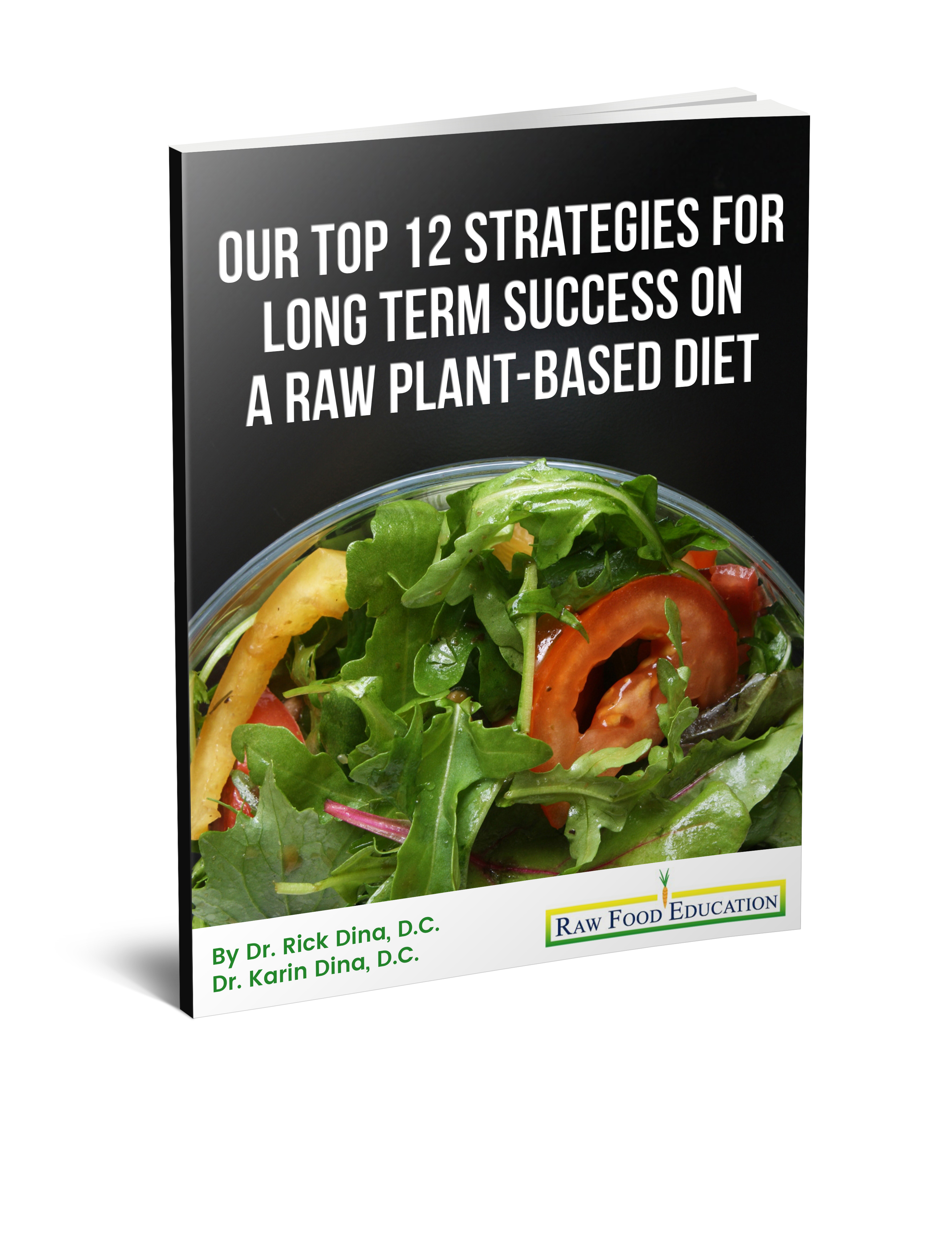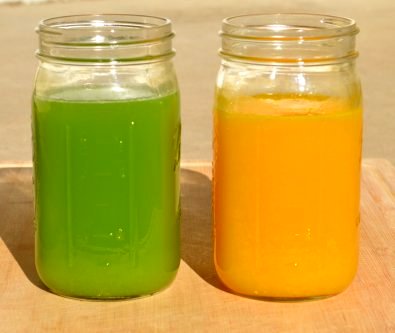
Wow, what a busy summer it has been for us. We spent a good part of the summer traveling and teaching and now we are getting ready to head out on the road again for our fall Science of Raw Food Nutrition I tour. Next weekend (September 29th and 30th, 2012), we will be teaching in Portland and the Seattle area and in October we will be teaching in Connecticut and Washington, D.C. This coming Wednesday, September 26th, 2012, we will be doing an evening talk at the Chaco Canyon Café in Seattle. More information on our fall tour, please click here. We hope to meet you at a future event!
Now on to our blog post: One of the highlights of our summer was the Woodstock Fruit Festival. This event was incredibly enjoyable with great food, fun activities, and a warm community of people. I was amazed with the amount of fruit available for the participants, as well as a variety of fruits that I rarely see in stores, such as longan and lychee. Of course, the festival provided plenty of common fruits such as watermelon, apples, and oranges. In fact, on many of the mornings I found numerous people making fresh squeezed orange juice, which was not unusual, except for the amount that some people were making: 32 ounces, 48 ounces, etc…
In the 22+ years that I have been eating a mostly raw, plant based diet, I have not consumed this much orange juice in one sitting, however it is not unusual for me to make 32 – 48+ ounces of green juice at once. I thought it would be fun to do a nutrient comparison between the ingredients used to make 32 ounces of fresh squeezed orange juice and the ingredients in 32 ounces of a favorite green juice recipe of mine.
Here are the ingredients in my juice recipe:
5 stalks of celery (12” long)
1 lemon, peeled
2.5 medium cucumber, 8” long
1 cup dandelion greens, loosely packed
This recipe made a little more than 32 ounces of green juice. Please note that there is definitely some variation in the amount of juice that one can make from whole foods due to variability in natural products. Here are some of the nutrients found in these ingredients:
| |
Green juice ingredients |
Adult Daily Values |
| Calories |
213 |
|
| Calcium |
373.1 |
1000 – 1200 mg |
| Iron |
4.96 |
8 – 18 mg |
| Zinc |
2.20 |
8 – 11 mg |
| Magnesium |
159.5 |
310 – 420 mg |
| Potassium |
2272.4 |
4700 mg |
| Vitamin C |
94.8 |
75 – 90 mg |
| Folate |
192 |
400 mcg |
| Beta carotene |
4424.8 mcg |
|
| Protein |
9.51 g |
|
This is a very strong nutrient profile, particularly notable is the calcium, iron, zinc, potassium, and protein content of these ingredients.
Here are the ingredients for the freshly squeezed orange juice:
8 medium Valencia oranges, cut in half and juiced with a manual citrus press.
This recipe made a little less than 32 ounces of orange juice. Once again, natural variation in ingredients may yield different amounts of juice. I got as close as possible to 32 ounces by using whole ingredients for ease of replication.
Here are some of the nutrients found in these 8 oranges:
| |
8 medium Valencia oranges |
Adult Daily Values |
| Calories |
474 |
|
| Calcium |
387.2 |
1000 – 1200 mg |
| Iron |
0.87 |
8 – 18 mg |
| Zinc |
0.58 |
8 – 11 mg |
| Magnesium |
96.8 |
310 – 420 mg |
| Potassium |
1732.7 |
4700 mg |
| Vitamin C |
469.5 |
75 – 90 mg |
| Folate |
377.5 |
400 mcg |
| Beta carotene |
Not reported |
|
| Protein |
10.1 g |
|
I have heard many people over the years talking about fruit being low in minerals. In all of the research I have done on the nutrient content of foods, I have seen numerous exceptions to this notion. Oranges are a great example. As one can see, per serving oranges contain more calcium, vitamin C, folate, and protein than the green juice ingredients. The green juice ingredients are superior in iron, zinc, magnesium, and potassium content. Imagine that - more protein in oranges than greens??? Hmmm……
It is important to note that this comparison is per serving, if I were to make this an isocaloric comparison, which is a comparison where both samples have an equal number of calories, the green juice would be superior in most nutrients. It is important to consider how much juice one is willing to consume, which is why I did this comparison with equal volumes. Per calorie, green juice ingredients are richer in most nutrients, whereas per serving the green juice and orange juice ingredients are each superior in certain nutrients.
Let us look at an isocaloric comparison between oranges and the green juice ingredients. To get close to 474 calories, we will have to add more ingredients to our green juice formula:
8 stalks of celery (12” long)
2 lemons, peeled
6 medium cucumber, 8” long
3 cup dandelion greens, loosely packed
This recipe (version 2) contains more than double the ingredients as the previously discussed green juice recipe. This is a great example of the fact that greens contain fewer calories, by volume, relative to fruit. Fruits are in general more calorie rich than greens. Simply stated, one would have to eat a much greater volume of greens to get the same number of calories as the original volume of fruit.
Here are some of the nutrients found in the ingredients of version 2 of our green juice recipe:
| |
Green juice version 2 ingredients |
Adult Daily Values |
| Calories |
476 |
|
| Calcium |
846 |
1000 – 1200 mg |
| Iron |
12.2 |
8 – 18 mg |
| Zinc |
5.05 |
8 – 11 mg |
| Magnesium |
363.9 |
310 – 420 mg |
| Potassium |
4872.9 |
4700 mg |
| Vitamin C |
213.2 |
75 – 90 mg |
| Folate |
374 |
400 mcg |
| Beta carotene |
11859.4 mcg |
|
| Protein |
21.6 g |
|
It is important to note that the nutrients reported in these nutrient analyses are based on the ingredients used to make these juices. Information on the actual nutrient content of fresh vegetable and fruit juices is very limited at this time, and I look forward to research being more complete in this area in the future.
Overall, I was AMAZED with the nutrient content of oranges, since they contained greater amounts of important nutrients than I had anticipated. Not surprisingly, an almost isocaloric comparison of 474 calories of oranges and 476 calories of green juice ingredients showed that the green juice ingredients were superior in all nutrients reported with the exception of vitamin C and folate, which were higher in the oranges.
The green juice ingredients were more nutrient dense than the oranges and the oranges were more calorie dense than the green juice ingredients. Each of these foods has their nutritional strengths and weaknesses, which is good information to know when making food choices.
Additionally, these juices were so beautiful and literally glowed when Rick and I placed them in the sun for photographing. There is something to be said for the appearance of foods and their appeal – needless to say these juices did not last long in our house. Cheers!
One of the best ways to keep in touch with us is to join our email list. You’ll receive a free copy of Our Top 12 Strategies for Long Term Success on A Raw Plant-Based Diet eBook along with regular information about raw food and plant-based diets and periodic promotions for our classes, events, and other offerings!

